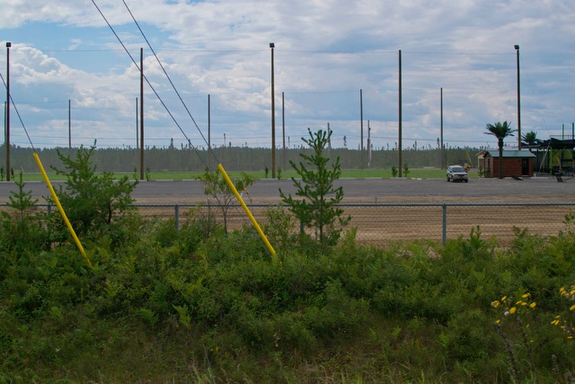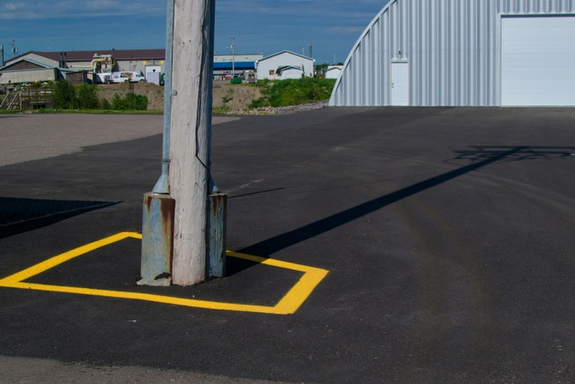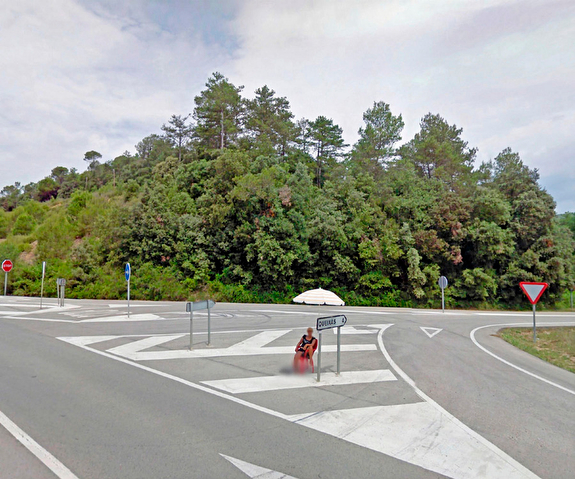
No Man’s Land represents isolated women occupying the margins of southern European environments, shot entirely with Google Street View.
— Mishka Henner, Manchester, United Kingdom

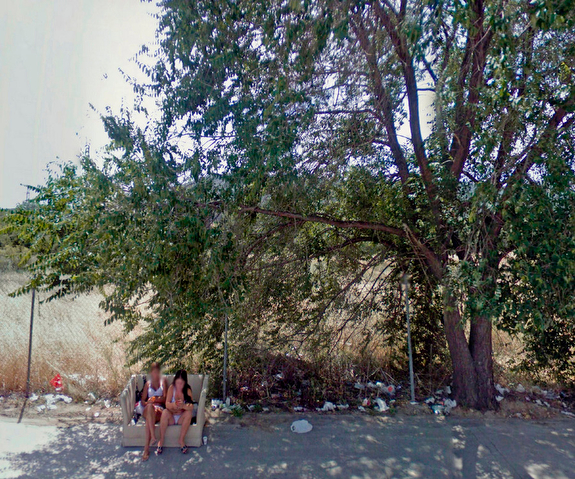
An International Archive

No Man’s Land represents isolated women occupying the margins of southern European environments, shot entirely with Google Street View.
— Mishka Henner, Manchester, United Kingdom


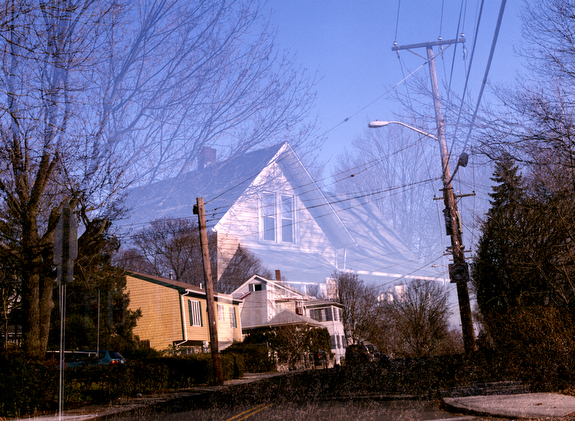
A Sense of Place speaks to our hopes, dreams and sense of identity based on place. The childhood landscape generally is thought to produce a primal landscape that one completely identifies with — thus comparing further ideas of place in one’s future. When we are young we attach ourselves and become emotionally involved in these spaces. Places take on personality and identity. Memories get locked into these places even though they are of a different time.
In the series Sense of Place, I focus on the spaces from my childhood. I photograph them as I try to remember a different time and place. I explore that sense of identity and coming-of-age within a particular landscape. I look for the emotions in the landscape and explore how these spaces have become almost stuck in their own past.
The landscapes portray the inner landscape of place in society: old mills, churches, empty fields and forgotten landfills elicit an imaginary space of isolation and lost dreams.
I focus on the landscape of place or hidden spaces, the spaces where one may wander or hide without organized identity or to escape an unwanted reality.
I also juxtapose a few places that have no identity. These organized spaces without emotional resonance such as banks, cineplexes and a mall are reminders of a contemporary lifestyle devoid of personality to identify with.
Mikhael Antone, Fort Wayne, Indiana, USA
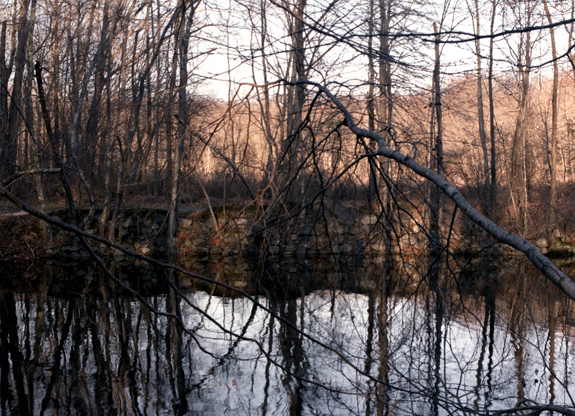
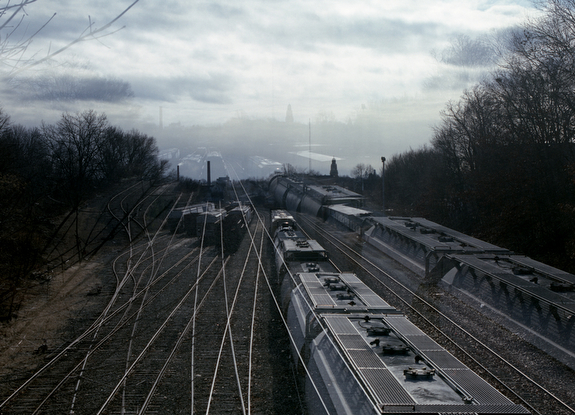
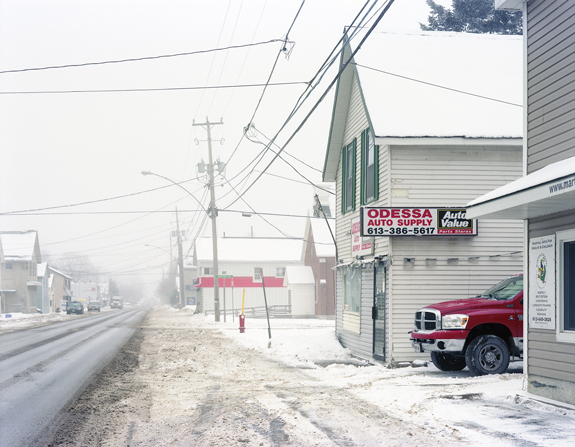
My photographic series Lisbon-Moscow presents 27 villages and towns in Ontario named after significant European cities.
I immigrated to Canada from Poland as a young adult and I have spent more than half of my life here. This is perhaps why I got intrigued by the names of the places, which came here a long time ago from the other side of the Atlantic Ocean — like I did, and got settled in their new home for good, so well that now some people don’t even realize that these names were not born in this land.
Names like “Paris” or “Moscow” seem to be the remnants of the influence which Europe bore on shaping Canadian culture. On the other hand, in most cases it would be hard to trace any connection between those Ontario towns and the old cities, which lent them their names.
Some of the places I photographed are just small villages, some are flourishing cities, but all of them represent very well how most of the inhabited Ontario looks like outside of Toronto and Ottawa. That’s Ontario countryside, Ontario suburbs, Ontario mid-size cities.
— Andrzej Maciejewski, Yarker, Ontario, Canada
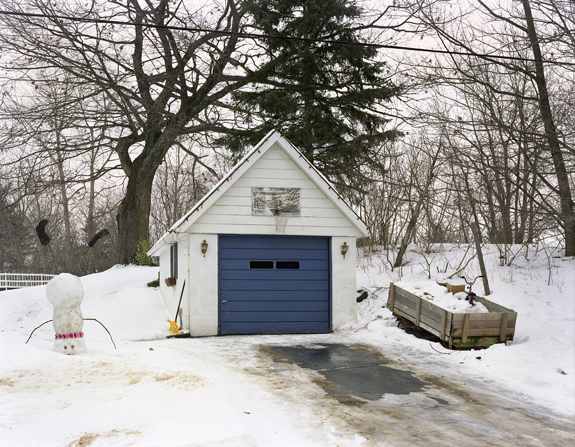
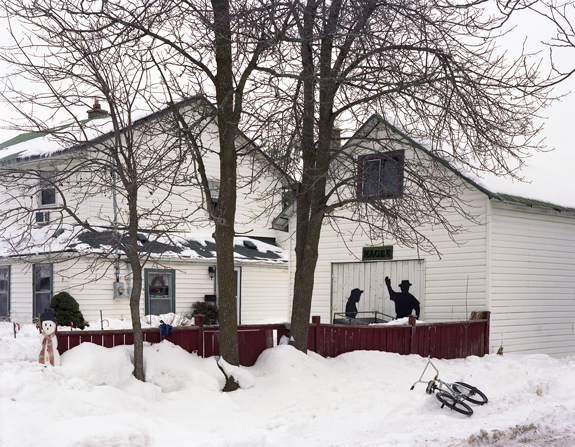

Sometimes natural phenomena can become so estranged and mysterious that we are inclined to describe them as unreal realities. It might be the extraordinary shape of a tree, a mountain, a shadow, a cloud or the mirroring reflection of nature in a lake, but it is foremost the unfamiliarity of the natural aesthetics of reality. My works can be seen as attempts to capture these temporary phenomena and atmospheres of nature within the still medium of photography. By seeking for the absence of human intervention, by waiting for the climax of the temporal aesthetic and by pushing the camera to its technical limits my photographs become both exotic reports as autonomous artificial worlds.
— Misha de Ridder, Amsterdam, Netherlands
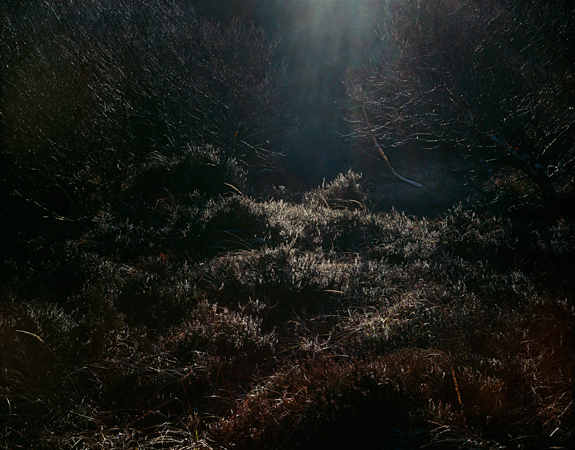
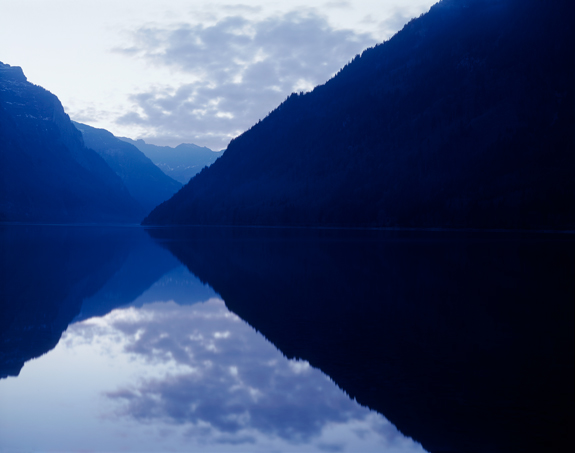
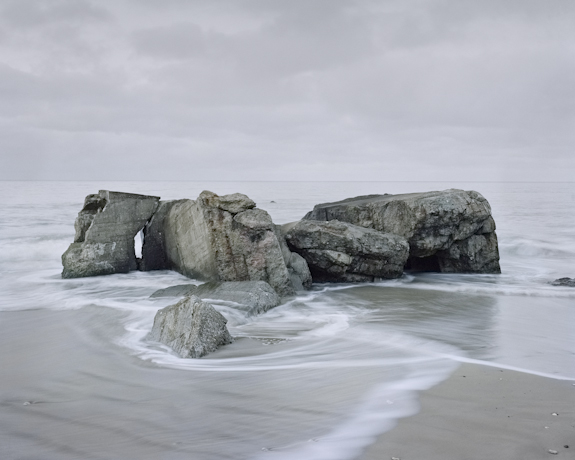
What Remains is a project I realized in December 2012 during a journey along the west coast of the Jutland peninsula, in Denmark. The identity of these desolated places, suffering a constant depopulation from decades, seems to inhabit a suspended time, which rises from the monumental witnesses left from history: this is what remains of the Atlantic Wall, an extensive system of coastal fortifications built by Hitler along the European coastline — about 1,500 bunkers from lower France to the north of Norway. Inspired by the book Bunker Archeology, written by Paul Virilio, my journey goes over these traces, probing fragments of landscape: what is left is the vision of a possible balance between a memory of the past and an ever-changing present.
— Filippo Menichetti, Naples, Italy
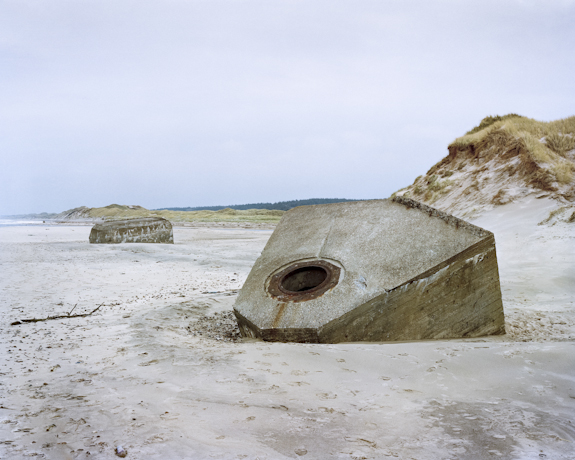
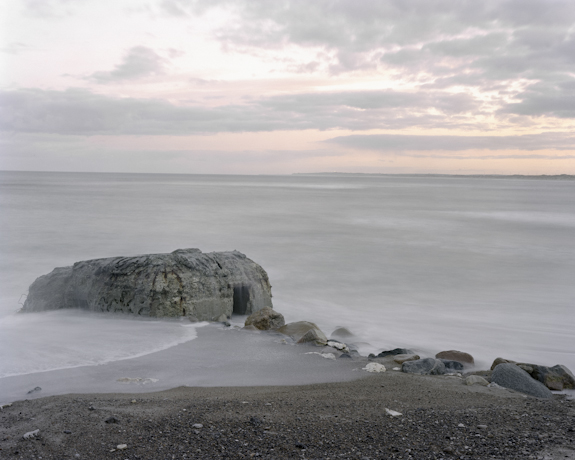
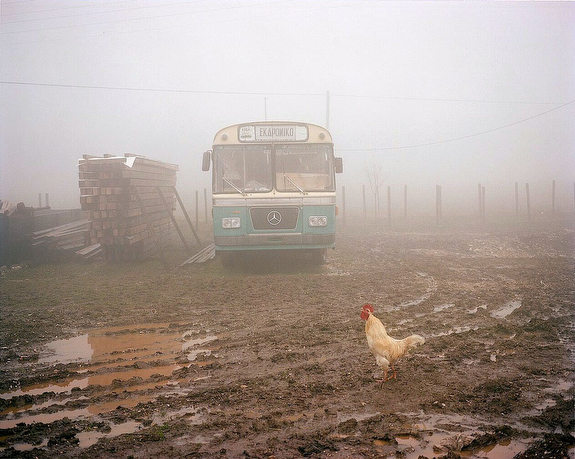
www.GeorgesSalameh.blogspot.it
Oblivion leaves sediments too. On the surface of cities or in the depth of the sea. It may in time become memory.
The Mediterranean is the geological and intangible heritage of all these sedimentations — open basin or cosmopolitan diversity graveyard to three continents: Africa, Asia and Europe.
I have explored Mediterranean territories and cities such as Beirut, Athens, Palermo, Tripoli, Barcelona, Marseilles, Alexandria and Cagliari.
My eyes are those of an urban geologist, but my gaze is erratic: I stroll its landscapes as if self-exiled.
Sedimentations of songs, stories, myths, migrations & longings leave a trace behind my path, some visible and some hidden.
Layout and stratification, alienation, raw fiction, the poetics of light and humor all play their part in this narrative.
— Georges Salameh, Palermo, Italy
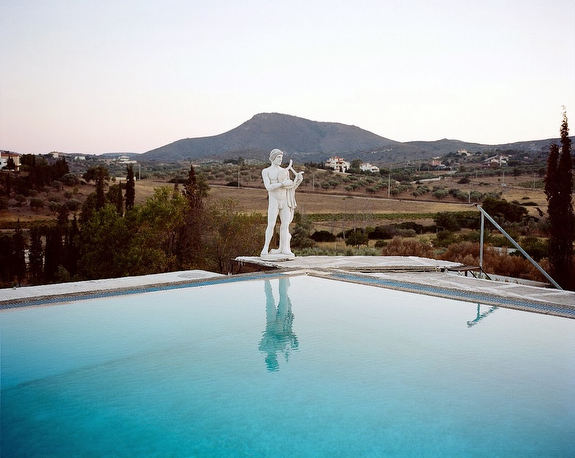
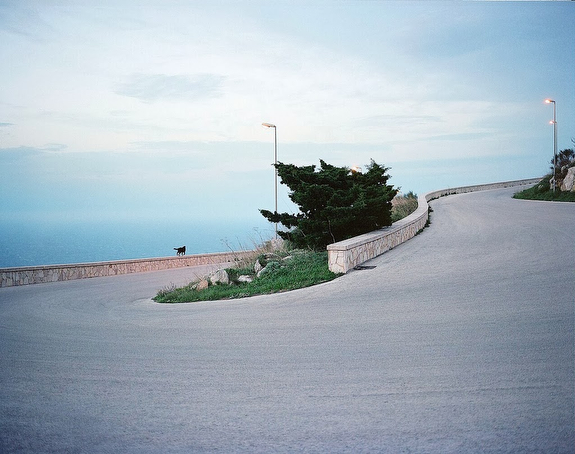
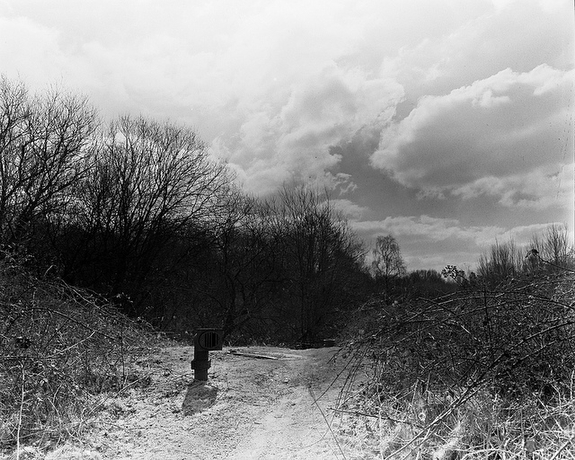
www.RebeccaSharplinHughesPhotography.com
Greenham Common is land that was once heavily used by the Ministry of Defense and the US air force throughout World War II and the Cold War. Abandoned in 1997, it was left open for the public to roam.
Control towers, missile silos and remnants of the once-longest runway in Europe were left behind, giving individuals access to an area that was once of high security and importance.
Methods of perception in the military are just as important as physical weapons used for destruction, with infrared film being a key method of perception for the military. Therefore I photographed using infrared film to express the invisible happenings that occurred on the landscape. With rumors of nuclear activity and other unknown activities, it is a landscape that stands witness to many undisclosed goings-on.
— Rebecca Sharplin-Hughes, Reading, United Kingdom
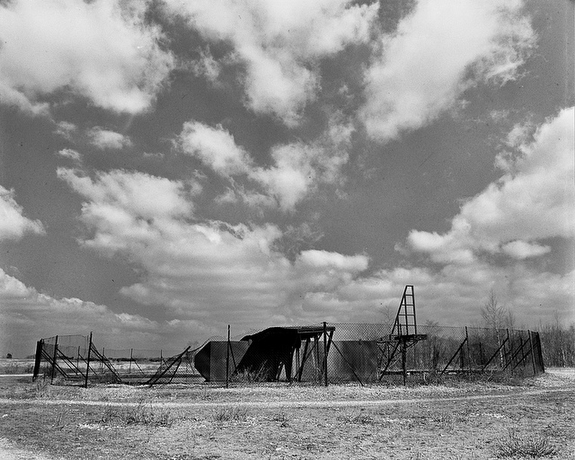
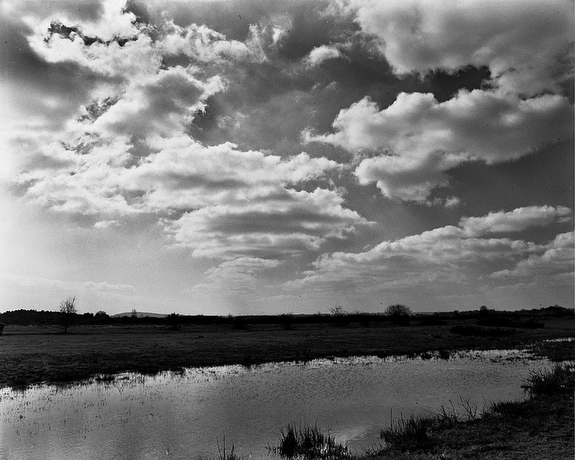
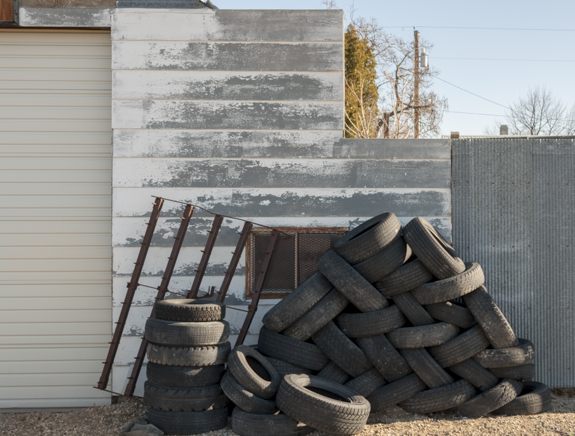
There is a seam between the remarkable and the overlooked. That’s where I try to hang out. There are arrangements of forms that stimulate my interest regardless of subject matter. A mountain is a mountain, whether it is made of rock or rubber.
Built into those forms are texts. The objects often align themselves in a way whereby they talk to each other. Finding that alignment can reveal humor, ambiguity, curiosity, tenderness, foreboding.
I’m not too keen to find other’s tripod holes. There are only two or three books that I have read twice. I make my stew a little different each time. At the market, I reach for the unfamiliar bottle of wine. But I return again and again to visit with my friends.
For the most part there are no answers gained from making photographs. They usually freeze another question in mid-air. Never quite getting there is very satisfying.
— Pete Grady, Boise, Idaho
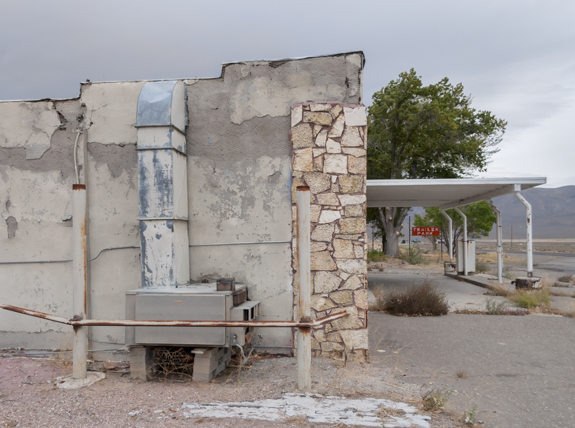
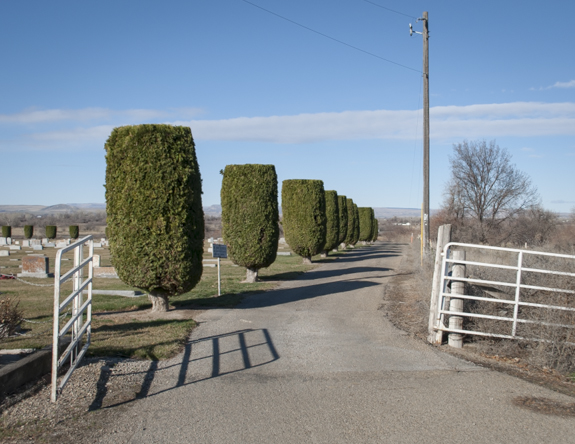
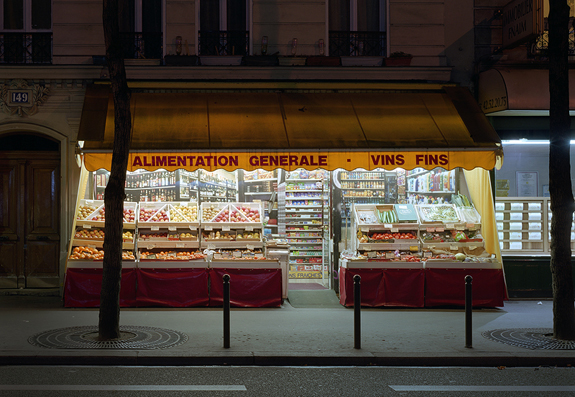
Since 2010 I have photographed with a view camera the fronts of neighborhood grocery stores in Paris by night. No human presence is fixed on the sensitive surface of the film, voluntarily.
Located in every neighborhood, often open late at night, those little grocery stores are typical (quintessential) of the Parisian urban landscape and urban life.
Point of exchange and meeting point for residents in the neighborhood, points of light in the sleepy town by night, these places gradually disappear, replaced by large retail chains.
With this disappearing it’s a page of French history intimately linked with North Africa that flies away, as well as know-how of how delicately to harmonize fruits and vegetables on colorful stalls, which still encounters the gray tarmac of the city to the delight of eyes — yes, but for how long?
— Marie Hamel, Paris
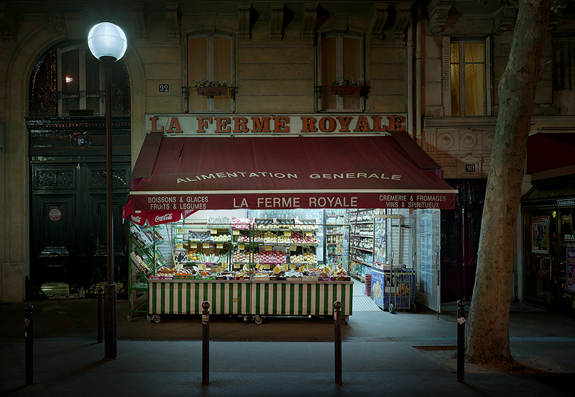
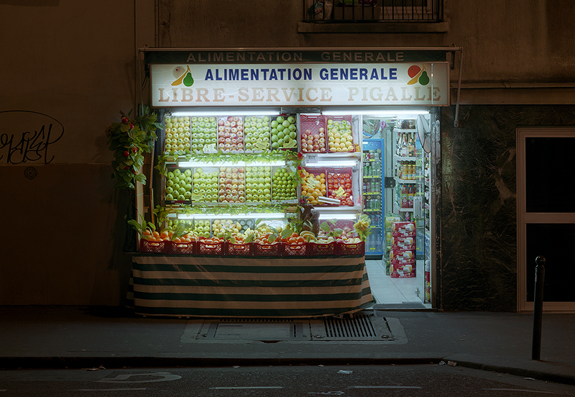
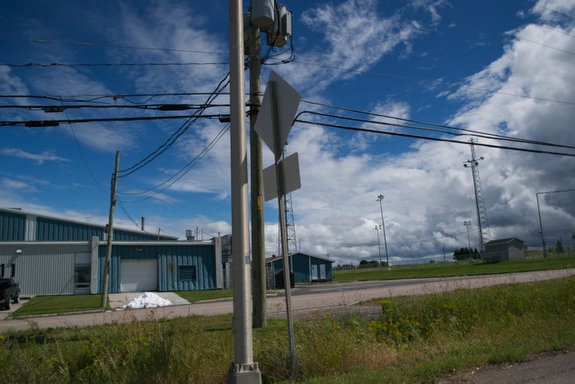
www.CDallairePaysagesLandscapes.ca
The photographs in Posts and Poles in Contemporary Landscapes are showing a reality impossible to forget and to not see, an invading presence in the urban landscape as much as in the rural landscape, stuck there in the ground, vertical more or less: the post or the pole.
Anyone with a camera, one day or another, has been frustrated by its annoying presence in his viewfinder; like a scar in the middle of a field, in front of a building or in the background behind someone. Here, instead of trying to remove it, I have used its presence to be part of the image, to create the landscape around it.
— Carol Dallaire, Jonquière, Québec, Canada
